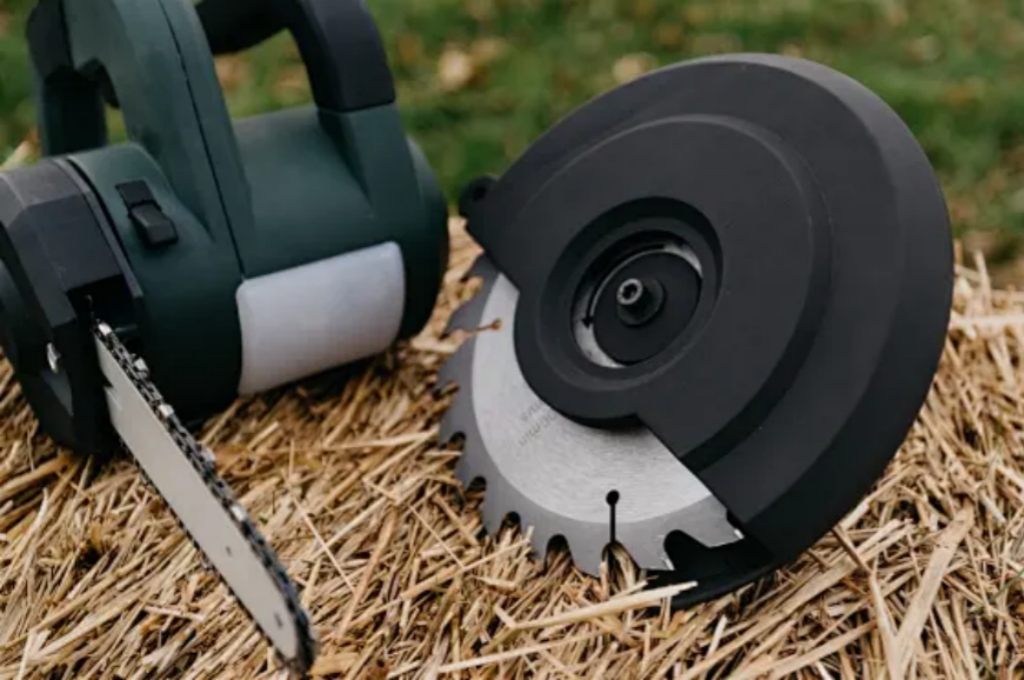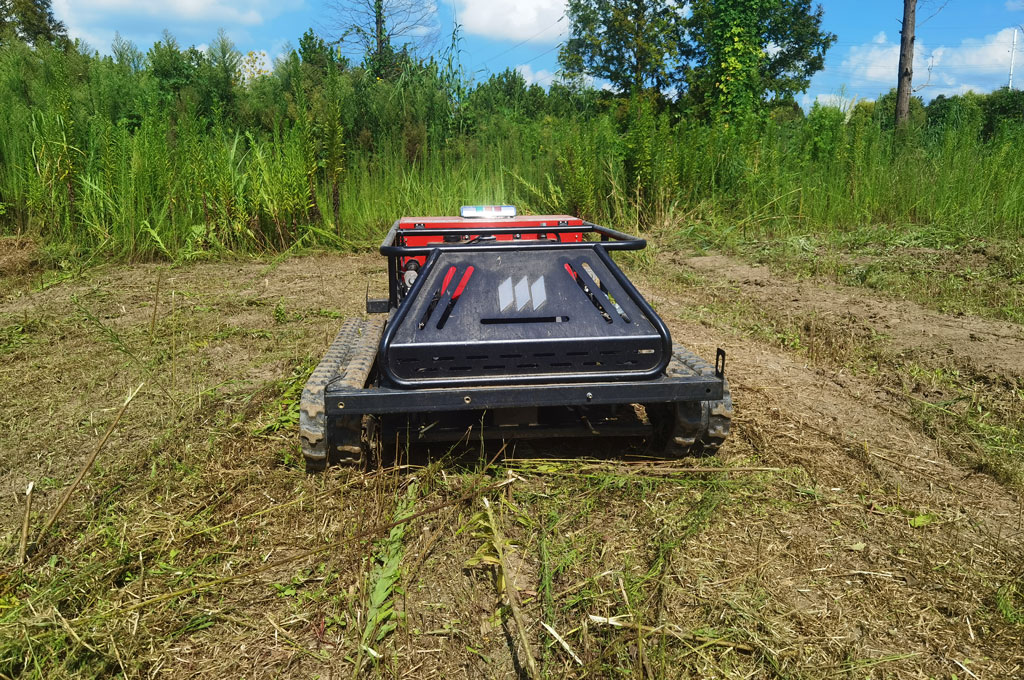How Do Self-Propelled Lawn Mowers Work?
When it comes to buying a lawn mower, there are so many things to consider. I’ve often been asked about the various terms used in the product descriptions of lawn mowers and one that causes the most confusion is self-propelled lawn mowers.
Quite simply, these mowers have a speed control lever that can be adjusted by the user and the power of the engine drives the mower forward, with the need for you to push it.
There are naturally many pros and cons to this design so I’ve put together this guide to help you decide whether a self-propelled lawn mower is right for your garden.
What You Need to Know About Self-Propelled Lawn Mowers
For this article, I’ll assume you’re familiar with how a push mower works. These mowers require the user to manually push them forward, with the motor only powering the blades to cut the grass.
What sets self-propelled mowers apart is that they eliminate the need for you to push them. While a push mower’s motor only powers the blades, a self-propelled model has a drive shaft that connects the motor to the wheels, enabling the engine to power both the blades and the wheels.
This design is especially beneficial when tackling larger or more complex lawns, as it reduces the physical effort needed to maneuver the mower, making the task much easier.
Benefits of Self-propelled Lawn Mowers
Investing in a self-propelled lawn mower offers numerous advantages. These machines make mowing large or sloped lawns significantly less stressful, and they can greatly ease the task for anyone who struggles with maneuvering a traditional push mower. Let’s explore some of the main benefits of these convenient machines.
Ease of Use
One of the greatest advantages of self-propelled lawn mowers is their ease of use. You simply guide the mower in the direction you want to go, and it handles the hard work for you.
Additionally, many self-propelled models come with variable speed settings, allowing you to adjust the speed to match your walking pace. However, not all models offer this feature, so be sure to check the product details if this is something you’re looking for.
Time Efficiency
If you have a large lawn, you’re probably familiar with how time-consuming it can be to mow it with a push mower. On hot days, the last thing you want is to spend even more time tending to your yard. A self-propelled mower, however, helps you get the job done much faster.
These machines make mowing large areas quicker, and they are especially helpful on slopes and inclines. Rather than struggling to push a heavy mower uphill, the self-propelled mower does the work for you, saving you time and effort.
Spend less time mowing and more time enjoying your beautifully manicured lawn.
Reduced Physical Effort
For many people, using a push mower can be physically challenging. If you have limited mobility, back issues, or other physical limitations, mowing the lawn can become a strenuous task.
With a self-propelled lawn mower, much, if not all, of the physical exertion is eliminated. Even if you don’t usually have trouble mowing, you’ll find that a self-propelled mower is gentler on your body. No more sore shoulders or aching backs from pushing a heavy mower around the yard—this is a benefit we can all appreciate.


